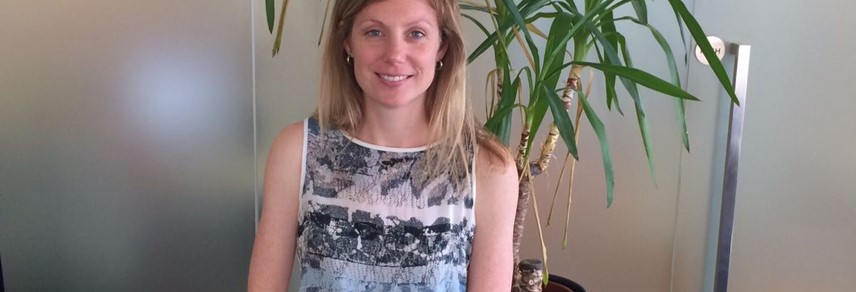
FIVE MINUTES WITH GILLIAN EDWARDS
Leading the press office and acting as a spokesperson for ABTA (the Travel Association), Gillian Edwards has overseen radio and TV crisis interviews on incidents such as the 2015 Tunisian terror attacks. Now working for corporate affairs consultancy Sermelo, Edwards helps ensures executives have the training they need for effective media communication.
Why is effective media training for company executives so crucial? What can go wrong without it?
A poorly trained or untrained spokesperson can destroy a reputation built over years in moments. Just look at what happened to BP during the Deepwater Horizon crisis. The days of “no comment” are well and truly over and social media can amplify the impact of a bad interview. Being in front of a camera is a skill that needs to be learnt, from how to handle the questions you don’t want to answer to being aware of body language and expressing empathy.
Effective media training should also prepare the spokesperson for the unique environment of live TV and radio. A media interview never starts and finishes with the interview – take the example of Sainsbury’s CEO who was caught singing “We’re in the money” in between interviews on the ASDA merger or Gordon Brown’s infamous “bigoted woman” comment when he left his mic on. A spokesperson needs to feel calm and in control when going into an interview and they need to know what to expect when the interview is over.
What can an external perspective on crisis or media training bring to large corporations?
From my experience working in-house, one of the challenges internally can be getting perspective on a company’s own language and ways of working. An external perspective helps to identify issues that might have the potential to cause problems. For example in a recent crisis simulation Sermelo ran for a large corporation, we identified the company was spending a lot of time filling out forms for their own internal processes. As an outsider we were able to question this and highlight how it might risk slowing down a crisis response. As a crisis response typically involves many different departments, an external perspective can also help ensure all departments are working effectively together.
What does good crisis preparation look like?
Good crisis preparation begins with a solid crisis communications plan and a clear knowledge of who is on the crisis management team – typically this should involve the CEO and representatives from the legal, comms and operations teams. Once this is in place, crisis preparation should become part of the day-to-day role of the comms team. Developing Q&As, mapping out issues, keeping records of statements and making sure spokespeople are trained are all ways in which teams can prepare on a daily basis. Additionally, I would always advocate a full simulation at least once a year to make sure that the crisis management team is familiar with the relevant processes and accustomed to working together under pressure. A simulation will also identify any potential areas of vulnerability. Some of the areas we help clients assess include technology and remote working capabilities, resources, messaging/tone and getting the right size and make-up of crisis management team.
What do executives and communications teams most often get wrong in crises, and related media appearances?
Timing can be one of the most challenging aspects of crisis communications. Speak too soon and you risk creating panic, leave it too long and you’ll be accused of indifference. Mark Zuckerberg’s five day hibernation after the Facebook Cambridge Analytica scandal is a prime example of the damage that can be done by staying silent. Even if you don’t have all the facts to hand, a simple holding statement as soon as an issue is live can help to buy more time to get facts straight and show that you care.
What are the most important factors in a good crisis simulation?
A good crisis simulation must be as realistic as possible. At Sermelo we work closely with clients to understand their issues and develop very detailed and realistic crisis simulation scenarios that could affect their organisation. We often use video and multimedia to bring the simulation to life. Real-time simulations are effective ways of testing capabilities and resources but equally desktop scenarios can work really well when teams want to test their strategic thinking and ability to work together.
What will cause the next series of new corporate crises or scandals?
The three big issues on my radar are cybercrime, corporate wastage and social mobility. We’ve only seen the tip of the iceberg when it comes to cybercrime. As criminals become more sophisticated and terrorists seek new methods of attack there will be new, unprecedented crises. The Wannacry attack on the NHS hinted at the havoc a sophisticated and concerted attack could inflict. Corporate wastage is a growing issue. Burberry came under fire recently for incinerating many of its unsold goods to protect brand integrity. No doubt it’s not alone in doing this. With pressure on organisations to reduce waste and cut plastic use there will be more scrutiny on corporate waste. Additionally, companies need to be ready to start talking about social mobility. It’s likely this will become an important part of organisational diversity and inclusion, and the media will be looking to make examples of companies which fall short of public expectations on this issue.
For more from Communicate magazine, follow us on Twitter @Communicatemag


